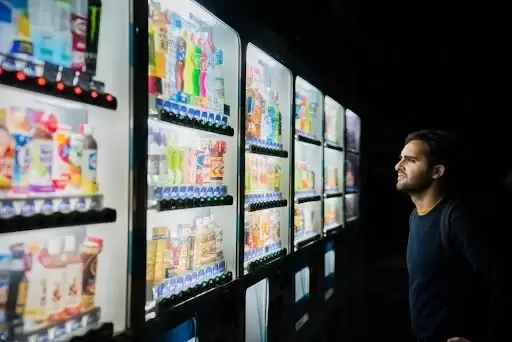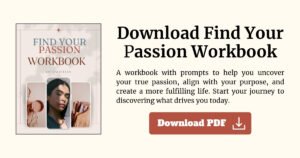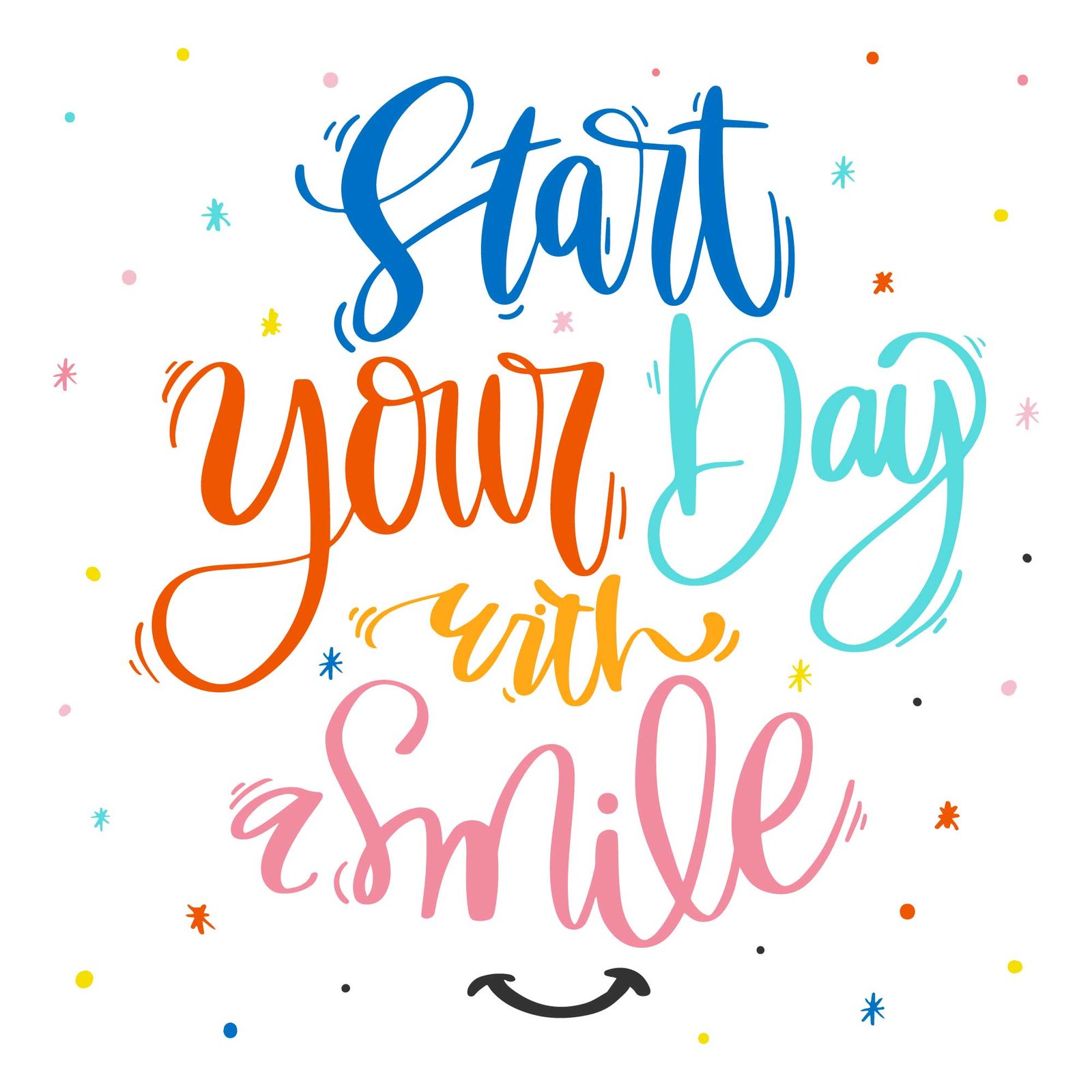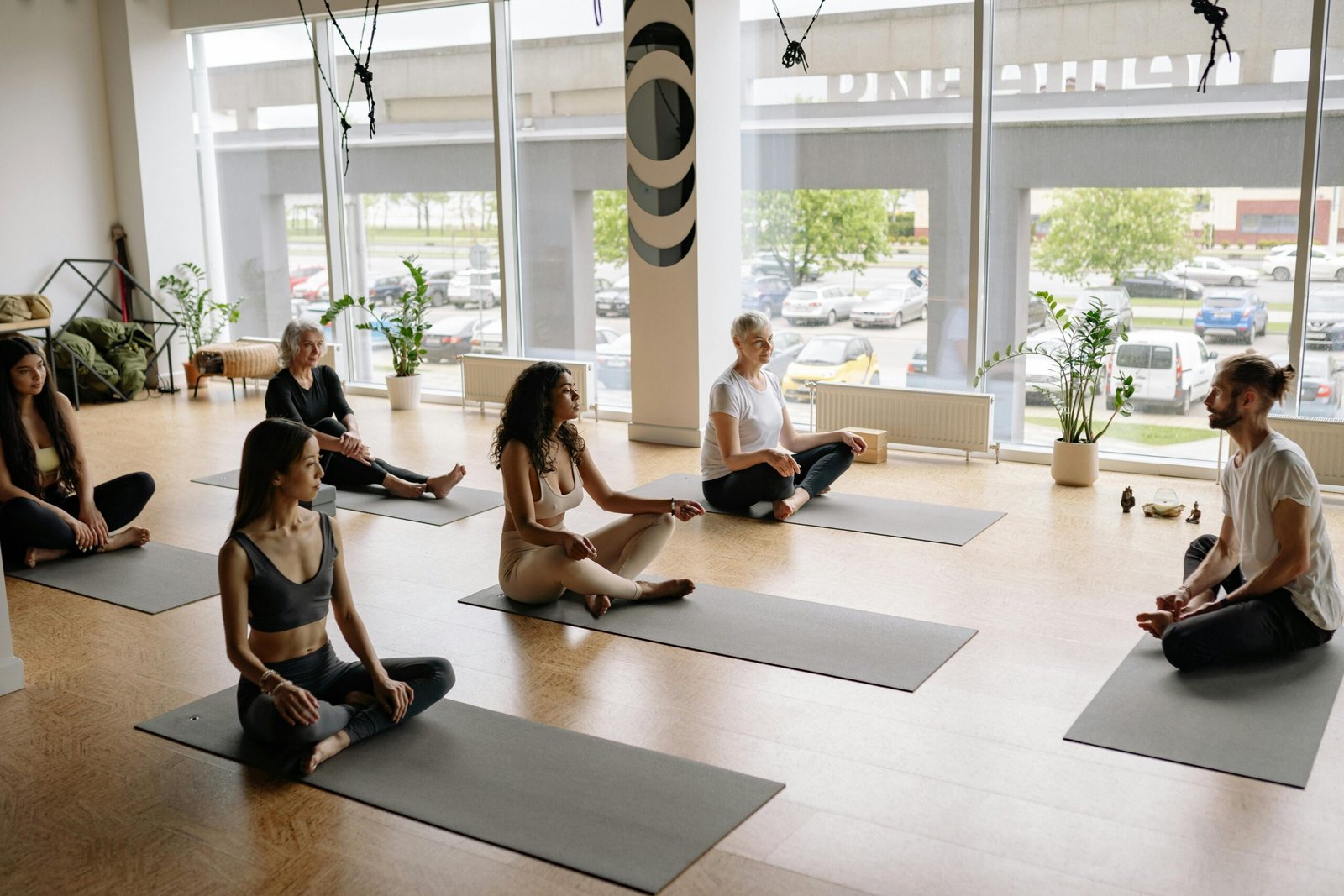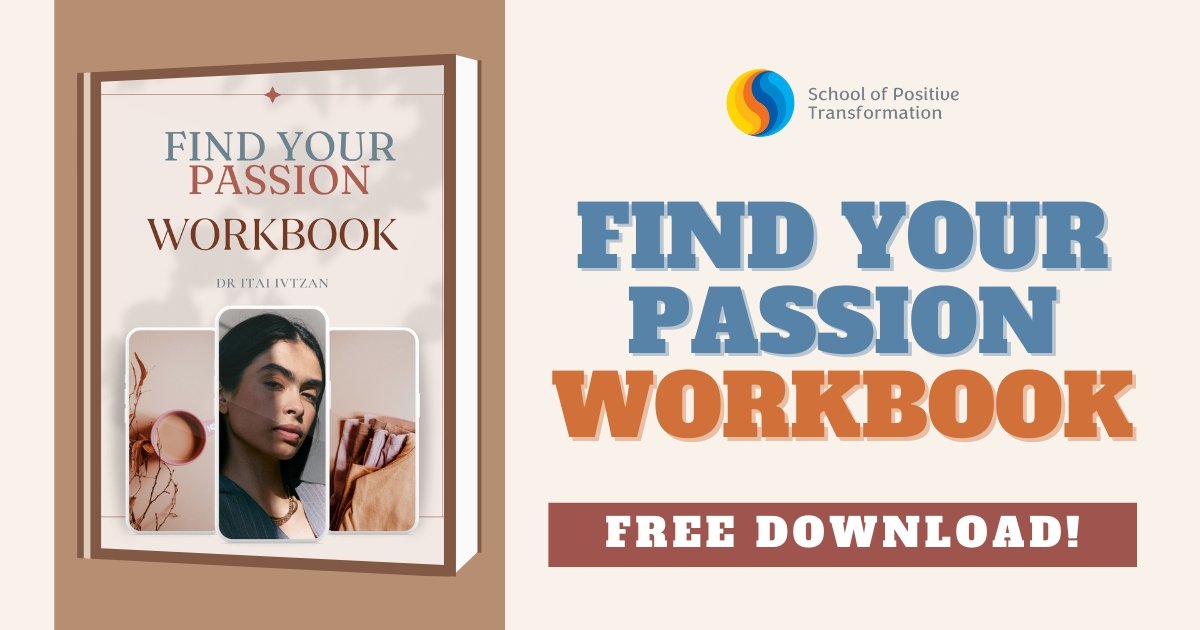Positive Psychology Training — Jams and Cereals and the Freedom of Choice
 If you plan to study positive psychology, you’ll constantly look into concepts that revolve around the idea of freedom. For example, the self-determination theory is rooted in the idea of autonomy being the primary core of our motivational system. Or simply, having the option to make free choices results in improving our psychological and physiological well-being.
If you plan to study positive psychology, you’ll constantly look into concepts that revolve around the idea of freedom. For example, the self-determination theory is rooted in the idea of autonomy being the primary core of our motivational system. Or simply, having the option to make free choices results in improving our psychological and physiological well-being.
But recent researches say otherwise. But before we go deeper, just a heads up. Tackling this topic actually involves jams and cereals— and yes, they are psychologically relevant to the concept of choice overload.
Before you continue you might like to consider our free worksheet on exploring “Find Your Passion”. Please download this worksheet here.
In This Article:
Choice Overload
Positive Psychology and Jams
Positive Psychology and Cereals
Overcoming the Paradox of Choice
Choice Overload
Choice overload is a negative emotional, psychological, and behavioral effect of having too many options to choose from— yep, negative. The idea was first coined in 1970 by Alvin Toffler. It is also known as ‘overchoice.’. Interestingly, I learned in positive psychology training that this phenomenon is associated with the Hickman-Hyman law that states: an increase in the number of choices increases decision time— makes sense, right? But what happens in overchoice is almost a paradox as it doesn’t really increase decision time. Instead, it leads to a delay or a complete opting out of a decision, lower satisfaction, and more flawed decisions. This now leads us to jams and cereals.
 Positive psychology and Jams
Positive psychology and Jams
If you’re planning to set up an eCommerce business, you might assume that giving people more choices is better. But the truth is that from a consumer standpoint, having too many options can be paralyzing. Think of a time that you wasted an hour or two looking at Netflix trailers and never really choosing any in the end?
Choices may drive sales, but they can also overwhelm. The study that I am to discuss next is actually one of the famous research that tapped into the concept of choice overload.
A research team from Columbia University set up a booth of jam samples. A selection of 24 jams is decreased to six jams every few hours. The following were its very fascinating results:
- When 24 jams were on display, 60% of customers get a sample, but only 3% actually buys a jar.
- With six jars on display, only 40 % stopped to get samples, but 30% bought a jar!
The number of options attracted customers, but having a few choices got them to buy! Another research showed that having too many options made customers anxious, disengaged, and can even turn into depression.
If you are a growing entrepreneur, you might want to think hard a lot about giving customers lots of choices because, despite your good intentions, it can also be a barrier to making a sale.
Positive psychology and Cereals
Now, this part will talk about meta-analyses of overchoice researches. Meta-analysis is a kind of research where the results of different studies are examined as a whole. When you study positive psychology, you are likely to encounter meta-analysis readings. The first few types of research of overchoice were found to be irreproducible— researchers cannot replicate it with intended results. That’s why the reliability and validity of the phenomenon are questioned whether it is genuinely relevant or valid. Meta-analyses by Scheibehenne et al. (2010) and Iyengar & Lepper (2000) showed that the phenomenon and effect of overload choice might be valid only for particular contexts like having distinct differences in the preferences and use of mental shortcuts. But the meta-analyses that we are to look into is the study by researchers from Kellogg University. Fun fact: Apparently, the university was named in honor of the son of the pioneer of the Kellogg cereal. In 2017, McShane et al. stood by their findings that the phenomenon of overload choice exists. According to Bockenholt, retailers should not simply offer fewer items. Because. People like variety. What they need is an awareness of the conditions that provide a pleasant consumer experience like:
- Helping customers structure their search
- Assisting in narrowing down choices and consideration of their preferences
- Businesses should also try to reduce decision-related pressures on their clients by giving them time to choose or offering them a period after purchase to change their minds
 Overcoming the Paradox of Choice
Overcoming the Paradox of Choice
As I read more about this concept for our positive psychology training, I stumbled upon a book by Barry Schwartz. He wrote in his book a six-step method in making good choices when an individual is facing an overload of options.
- Be particular with your goal.
When faced with many choices, try to look beyond the intentions and remember your goal. Ask yourself, “What do I want in a bigger context?” not “What do I want from these options?”.By looking at your bigger goal, helps you align your decisions to the choice that best fits the bigger picture that you want. - Assess the significance of your goal.
Sometimes we create goals without really putting much thought into it. For this second step, you should evaluate if your goal is fundamental. Is it a priority?Before making a choice, take a second to breathe, then ask yourself if the goal you have in mind is a priority or not and if it is genuinely something that you want. - Group/categorize the choices.
Instead of seeing the options as a collective whole, try to categorize them. Group them into smaller clusters to evaluate. For example, if you are looking at a pile of books to choose from, try to group them by genre, author, or color! It doesn’t matter if it’s a ridiculous category as long as you are narrowing them down into groups. - Evaluate the choice.
Now, this is where you honestly think about if the choice you made is according to your goal. Remember that this is the goal that you weighed on step 2, not step 1. Be honest with yourself. - Select a winning option. Remember that the only wrong choice that you can make is not to choose at all. Based on your goal, your weighed goals, and your evaluation, pick a favorite and go with it. Remember that not choosing anything is still a valid option. As long as you genuinely considered the goal you want, it’s OK not to select a book.
- Before going away, reconsider. Ah yes, you go back to step 1 and think about the bigger picture and how the choices in front of you play into it. If you then realized that you are a bit confused, then it might mean that you may not have thought of a bigger picture in the first place.
A positive psychology course may not tell you all there is about choice overload, but please do remember that you have a choice to read more about it! I’m not going to tell you what I learned about it, but I’m really sure there is a chocolate study related to this!
Ready to gain clarity and focus in your life? Download our free ‘Find Your Passion Workbook’ and learn how to simplify your decisions while staying aligned with your true goals.

Dr. Itai Ivtzan is a Positive Psychologist, and founder of the School of Positive Transformation. He has been a Professor at Naropa University and UCL. With over 20 years of experience combining Eastern wisdom with Western psychology, Dr. Ivtzan has published six books and more than 50 journal papers in mindfulness, positive psychology, and personal growth, with his Psychology Today articles garnering over 500,000 total reads. As a sought-after keynote speaker, he’s passionate about helping individuals become “super-heroes” with enhanced awareness, courage, resilience, and compassion. He invites his students and readers to explore the intersection of psychology and spirituality through his accredited programs, which have transformed the lives of over 15,000 students worldwide.

